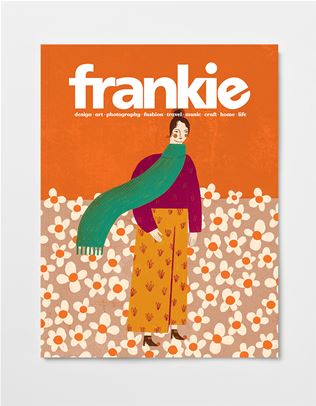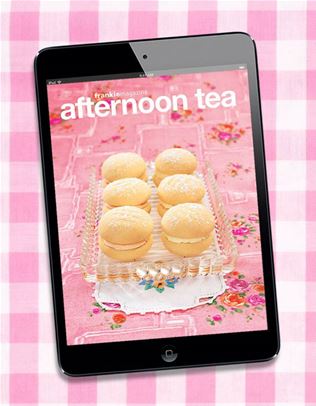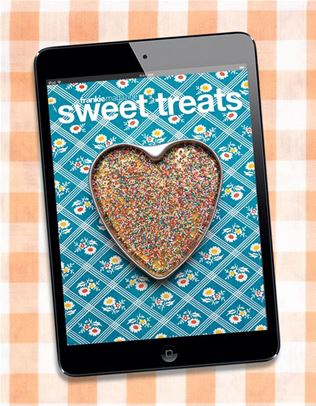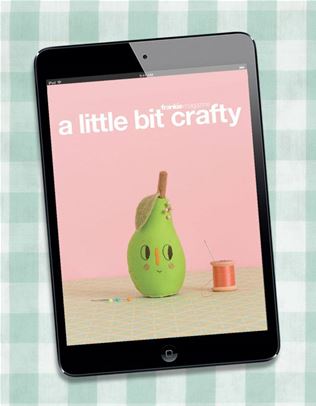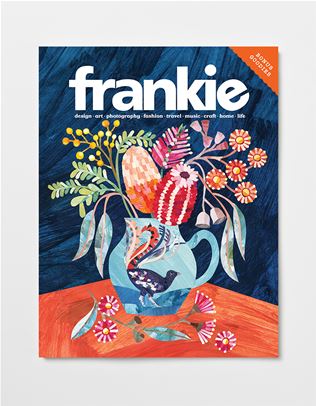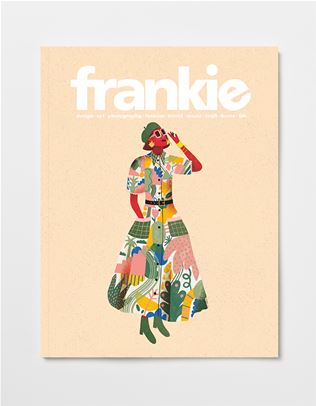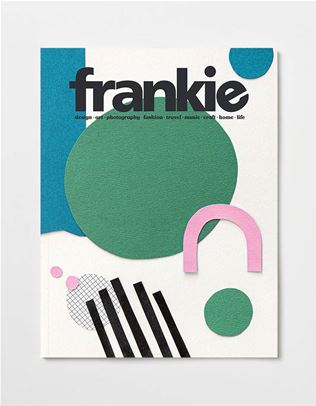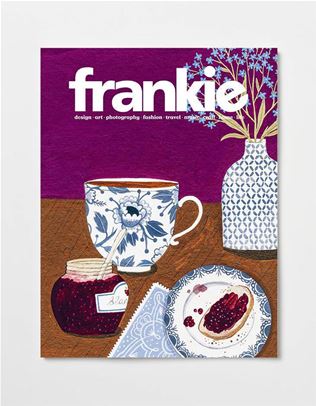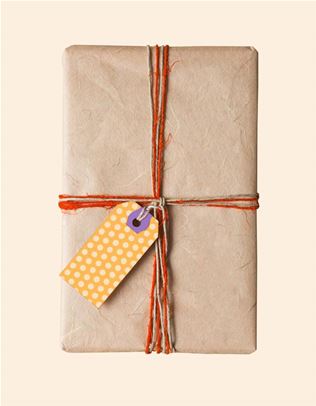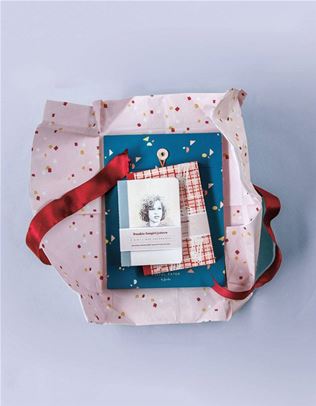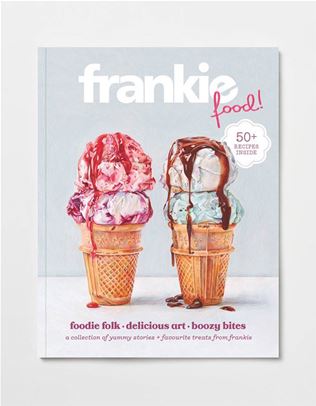the designer making technicolour knitwear with leftover yarn
Meet Jona Bednjanec, the Slovenian fashion designer who is keeping traditional crafts alive.
Hi Jona! Can you tell us a bit about yourself and how you started working with knitwear? My mother inspired my interest in handicrafts in general when she started crocheting clothes for me and my friends' Barbie dolls. I had to learn to knit and crochet on my own because I'm left-handed and my mum is right-handed, so she couldn't help me. Books, determination and a love of knitting helped me a lot. I come from a time when there weren’t so many digital platforms available for learning to knit. I also taught myself machine knitting with the help of knitters who had many years of experience in manufacturing and through courses at the University of Ljubljana. I started to take knitting more seriously after completing my master's degree in textile and clothing design, when I designed my first collection for sale – knitted retro jumpers. I am a very stubborn and driven person who has found her place in the world of knitting. I also enjoy researching and learning more about knitting, so I feel very comfortable and natural in this field.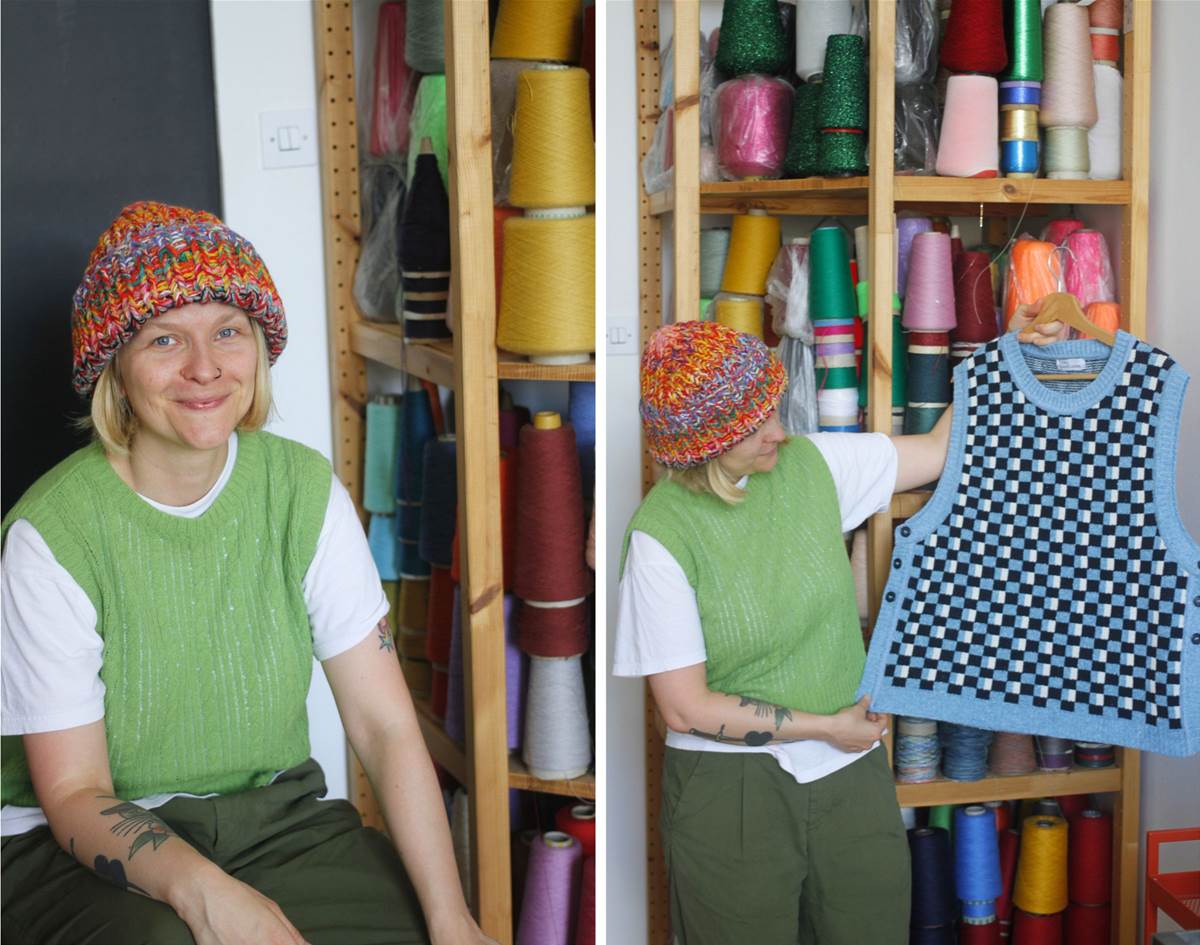 What drew you to textiles and knitting in the first place? My father sewed and made Christmas decorations when I was a baby, and he was also the first to teach me how to sew buttons and do needlepoint. So, I definitely got this love and interest in handicrafts and textiles from my parents, but even as a child I admired the knitted fabrics and knitted clothes I wore, as well as handicrafts and creating things with my hands. I have always been fascinated by the fact that from a single thread we can create a garment and a wide variety of knitting structures and textures that influence the overall appearance of the garment. I have always understood the structure and logic of knits and knitting more than woven fabrics; knits have been an endless source of inspiration and creativity for me.
What drew you to textiles and knitting in the first place? My father sewed and made Christmas decorations when I was a baby, and he was also the first to teach me how to sew buttons and do needlepoint. So, I definitely got this love and interest in handicrafts and textiles from my parents, but even as a child I admired the knitted fabrics and knitted clothes I wore, as well as handicrafts and creating things with my hands. I have always been fascinated by the fact that from a single thread we can create a garment and a wide variety of knitting structures and textures that influence the overall appearance of the garment. I have always understood the structure and logic of knits and knitting more than woven fabrics; knits have been an endless source of inspiration and creativity for me.
How would you describe your design style? Eclectic, expressive, strong and colourful.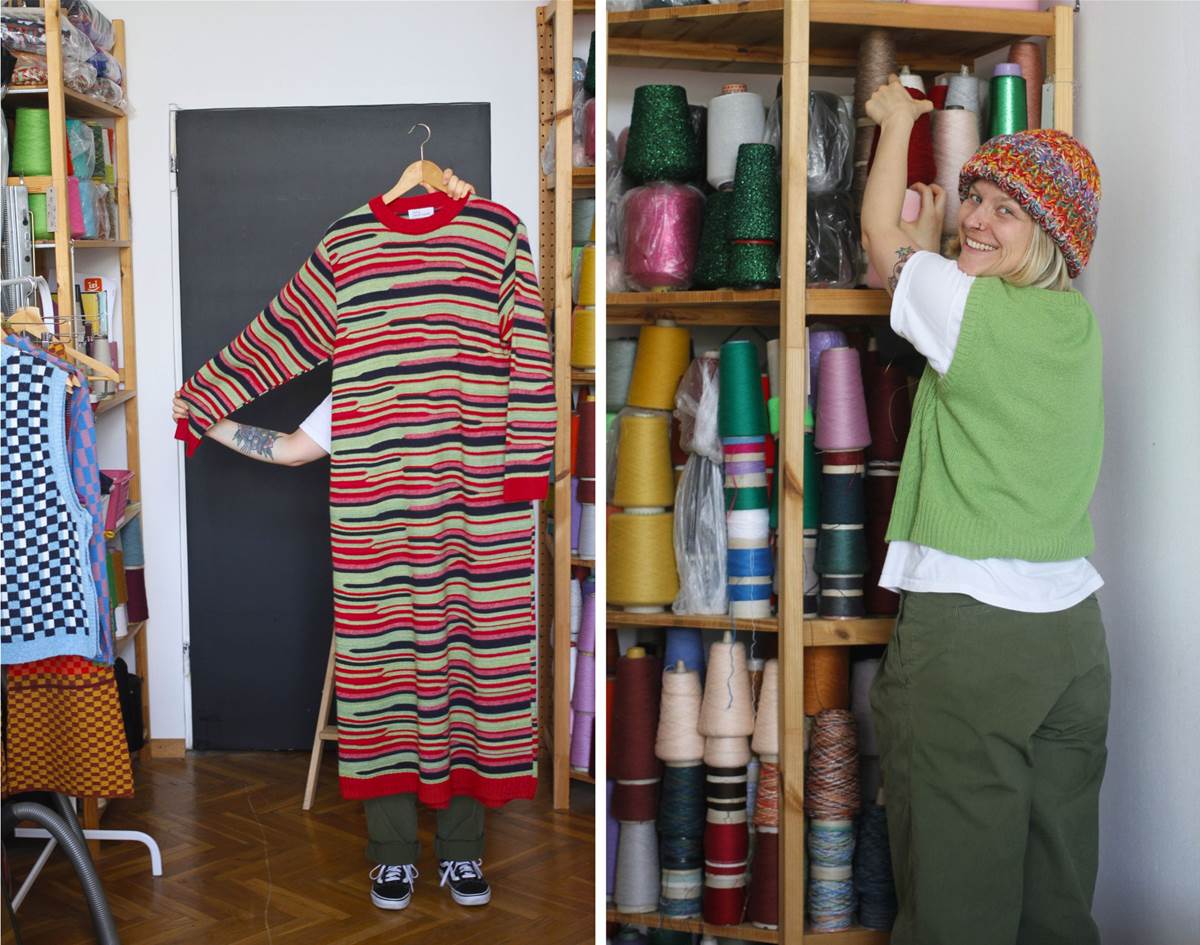 What’s your process for developing a new piece? First, I draw a sketch or pattern, then I decide on the knitting method – the technique. I choose the type of yarn based on the season the piece is intended for. Then comes my favourite part of the whole knitting process – prototyping and experimenting. This is where I can see if I have miscalculated the pattern ratio, how much the material shrinks or changes, and, most importantly, whether the yarn and knitting technique are suitable for the product I intend to make. This process of knitting test patterns is the longest and most labour-intensive, but for me it is the most challenging (in a good way) and enjoyable. I would like to emphasise that during this process, I always write down every step, every mistake I make and every solution I find. Notes are a crucial part of knitting for me. When I finally get the right ratio and look of the test pattern for the product, I start knitting in a 1:1 ratio. The process of making and developing knitwear is very technical and methodical for me.
What’s your process for developing a new piece? First, I draw a sketch or pattern, then I decide on the knitting method – the technique. I choose the type of yarn based on the season the piece is intended for. Then comes my favourite part of the whole knitting process – prototyping and experimenting. This is where I can see if I have miscalculated the pattern ratio, how much the material shrinks or changes, and, most importantly, whether the yarn and knitting technique are suitable for the product I intend to make. This process of knitting test patterns is the longest and most labour-intensive, but for me it is the most challenging (in a good way) and enjoyable. I would like to emphasise that during this process, I always write down every step, every mistake I make and every solution I find. Notes are a crucial part of knitting for me. When I finally get the right ratio and look of the test pattern for the product, I start knitting in a 1:1 ratio. The process of making and developing knitwear is very technical and methodical for me.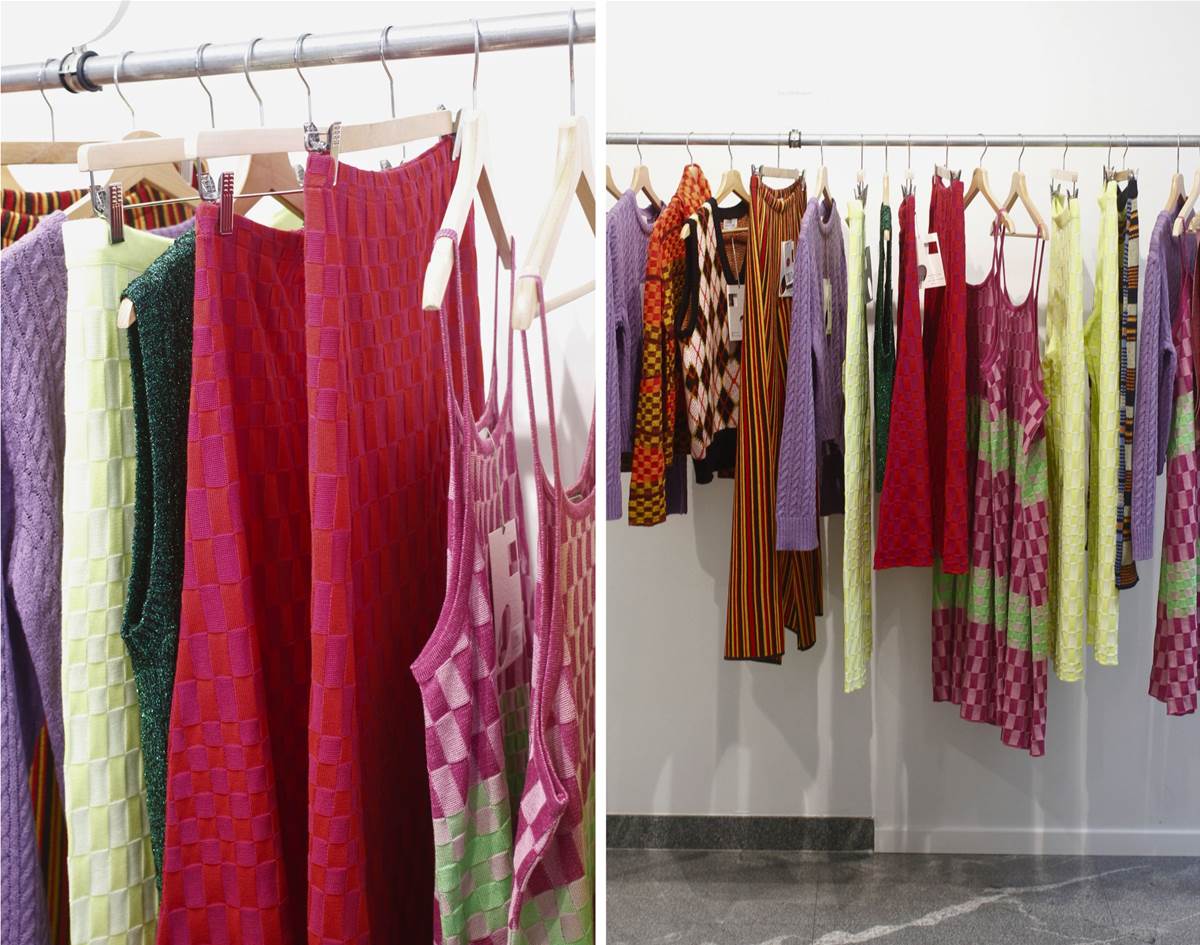 Your designs are so bright and fun! Where do you find your inspiration? Oh, I love colours and patterns! I draw inspiration from my surroundings, of course. There were lots of colours and colourful textiles and interiors in my childhood, and I admit that this had a strong influence on my creativity as a designer. I am greatly inspired by Scandinavian design, especially Marimekko – their colours and patterns – as well as the pop culture of the ’60s.
Your designs are so bright and fun! Where do you find your inspiration? Oh, I love colours and patterns! I draw inspiration from my surroundings, of course. There were lots of colours and colourful textiles and interiors in my childhood, and I admit that this had a strong influence on my creativity as a designer. I am greatly inspired by Scandinavian design, especially Marimekko – their colours and patterns – as well as the pop culture of the ’60s.
What helps you get through a creative block? Rest, hiking, nature and the awareness that this is normal and happens to everyone. It’s my body and brain telling me that I need rest and that everything has its limits. It also helps if I make something that is not my own, for example a knitted garment from a knitting magazine or book – it has a meditative and relaxing effect on me. When this happens, I don’t like to rush into anything – I let the new, fresh ideas come naturally to me.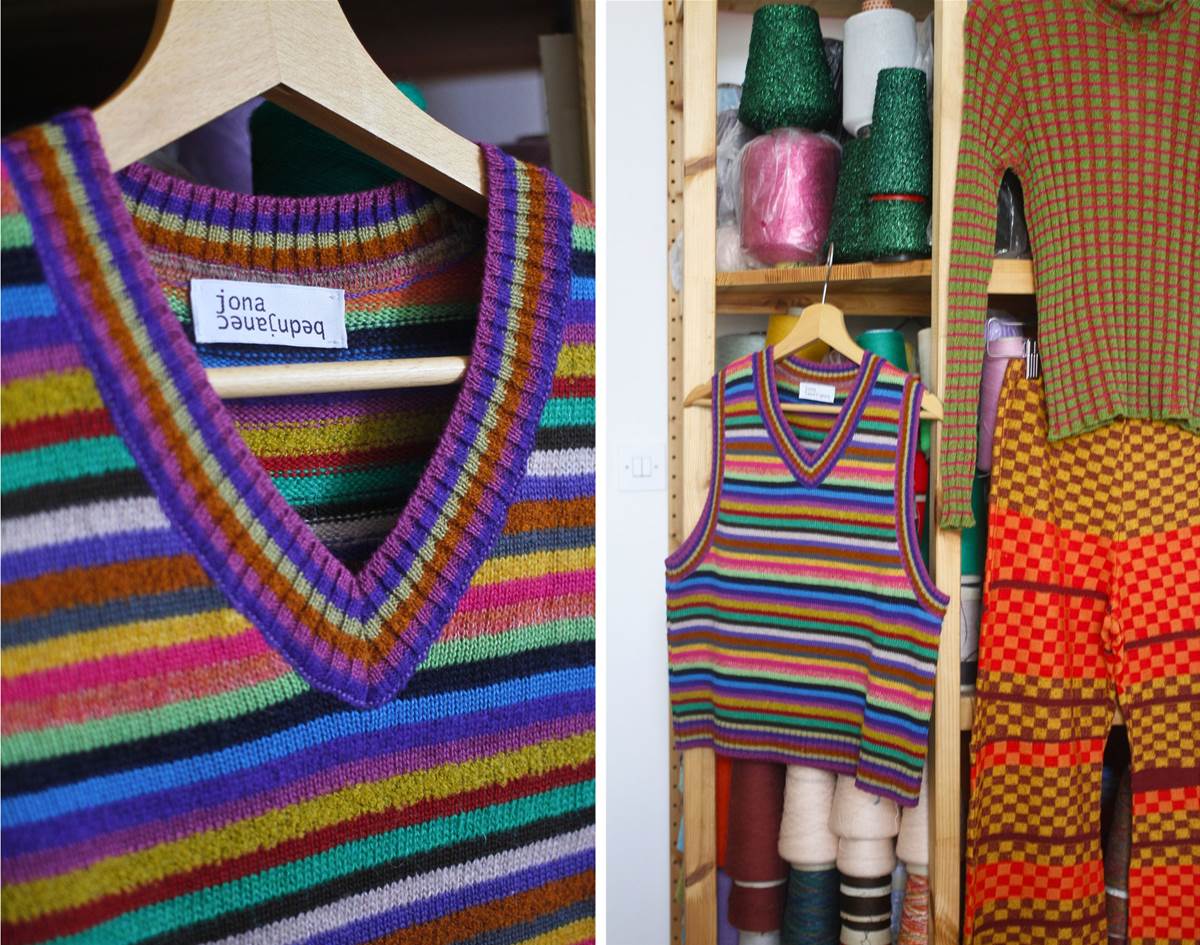 How do you choose your colour combinations? When I start designing a collection or product, I always ask myself what kind of atmosphere I want to create, and that's the main guideline I use when deciding on colour combinations. Sometimes I am limited in my colour selection because I use leftover yarns, so I use what is available to me at the moment. However, the final selection is also greatly influenced by the knitting itself and the colour surfaces on the fabric. Often, a combination looks perfect in theory and on paper, but only in practice can I see whether this is what I was looking for.
How do you choose your colour combinations? When I start designing a collection or product, I always ask myself what kind of atmosphere I want to create, and that's the main guideline I use when deciding on colour combinations. Sometimes I am limited in my colour selection because I use leftover yarns, so I use what is available to me at the moment. However, the final selection is also greatly influenced by the knitting itself and the colour surfaces on the fabric. Often, a combination looks perfect in theory and on paper, but only in practice can I see whether this is what I was looking for.
Can you tell us about your use of leftover yarns and small-batch production? I have always been used to designing and working with what I currently have available. At home, I was also raised in the spirit of using what you have in stock. Small-batch production is also more sustainable, as it avoids excessive stockpiling and surplus production. The main factor influencing smaller batches is, of course, that I use up leftovers first. If you only use what you have available, this can lead to interesting combinations and ideas. I think you can be even more creative and resourceful when you are limited by something. Manufacturers have a lot of leftovers from previous series or customers, so I reduce textile waste and prevent the material from going to waste and being discarded. Often, interesting yarns, colours and textures are found that are no longer so common on the market – remnants of trends in yarn and textiles that can make knitwear more interesting and unique. Using leftover yarn is also more financially sustainable for me.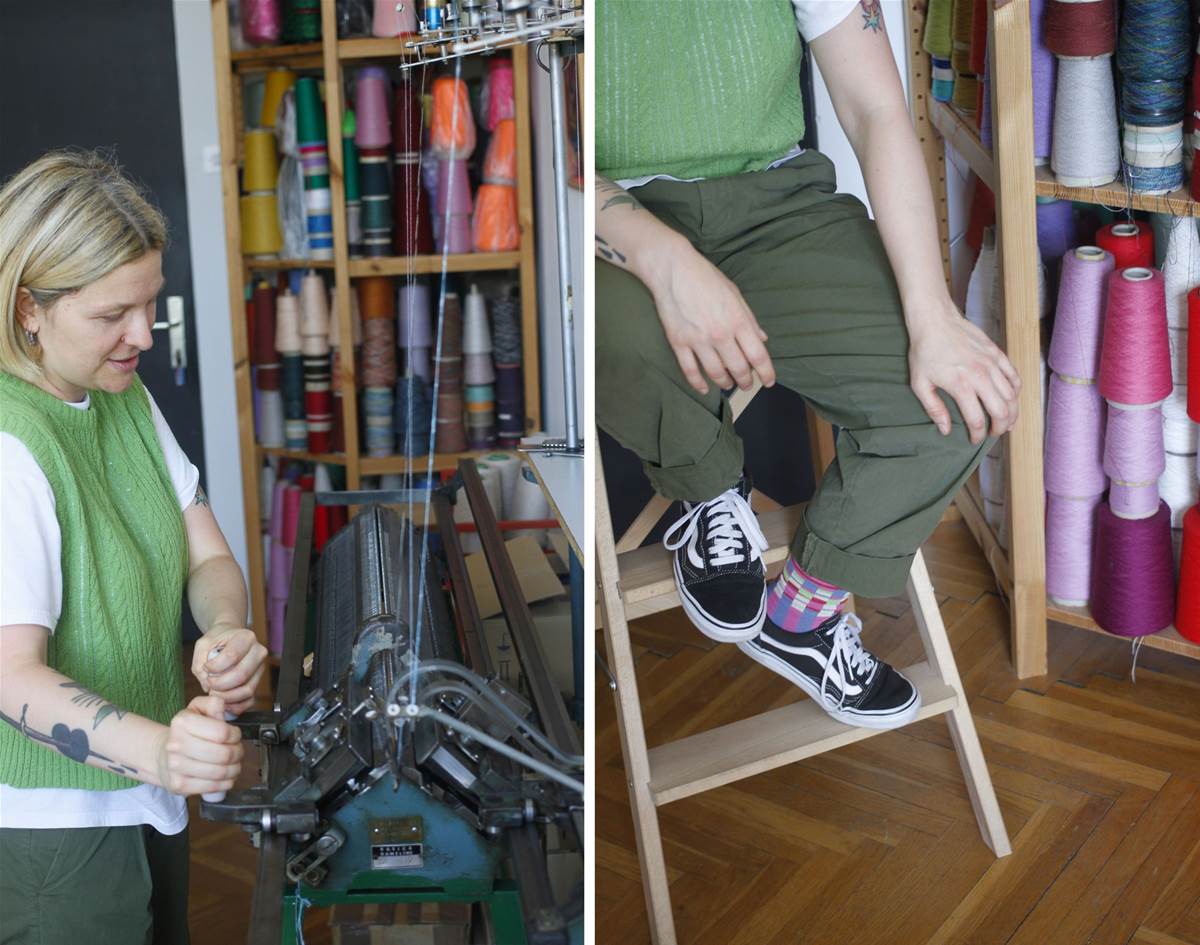 Why is keeping Slovenian craft traditions alive important to you? During the period when Slovenia was part of Yugoslavia, it had a very strong textile market with a wealth of expertise, schools and employment opportunities. With independence, this market slowly began to decline and expertise began to be lost, as textile products were replaced by low-cost, mass-produced goods. Demand decreased, companies were unable to adapt to the market and its requirements, and as a result, jobs were lost and interest in the profession declined. There are very few knitting productions left in Slovenia, and memories of the days when you could buy high-quality clothing made in Slovenia are slowly fading, as younger generations have never experienced this. That is why I believe it is important to keep my production in Slovenia, connect with local knitwear manufacturers and keep this knowledge and expertise alive. It is very important to me that production remains local and regional, as this gives me, as a designer, control over the quality of manufacturing and where the garment is made.
Why is keeping Slovenian craft traditions alive important to you? During the period when Slovenia was part of Yugoslavia, it had a very strong textile market with a wealth of expertise, schools and employment opportunities. With independence, this market slowly began to decline and expertise began to be lost, as textile products were replaced by low-cost, mass-produced goods. Demand decreased, companies were unable to adapt to the market and its requirements, and as a result, jobs were lost and interest in the profession declined. There are very few knitting productions left in Slovenia, and memories of the days when you could buy high-quality clothing made in Slovenia are slowly fading, as younger generations have never experienced this. That is why I believe it is important to keep my production in Slovenia, connect with local knitwear manufacturers and keep this knowledge and expertise alive. It is very important to me that production remains local and regional, as this gives me, as a designer, control over the quality of manufacturing and where the garment is made.
What’s the most rewarding part of your work? Satisfied customers, positive feedback and the fact that I can make a living doing what I love and am good at.What has been the proudest moment of your career so far? That's hard to say, because every little step and achievement makes me proud and is important in the development of my career. Looking back a year, I would say that I am most proud of the moment when I got the opportunity to publish my own hand-knitting pattern, the Tutti Hat, in Laine’s 52 Weeks of Scrap Yarn book. It has always been my secret wish to design and offer patterns for hand-knitting, and this came true for me, confirming that I am capable of doing this and that I am experienced and mature enough for it.
See more of Jona's colourful creations by following @jona_bednjanec on Instagram or by visiting the Jona Bednjanec website.
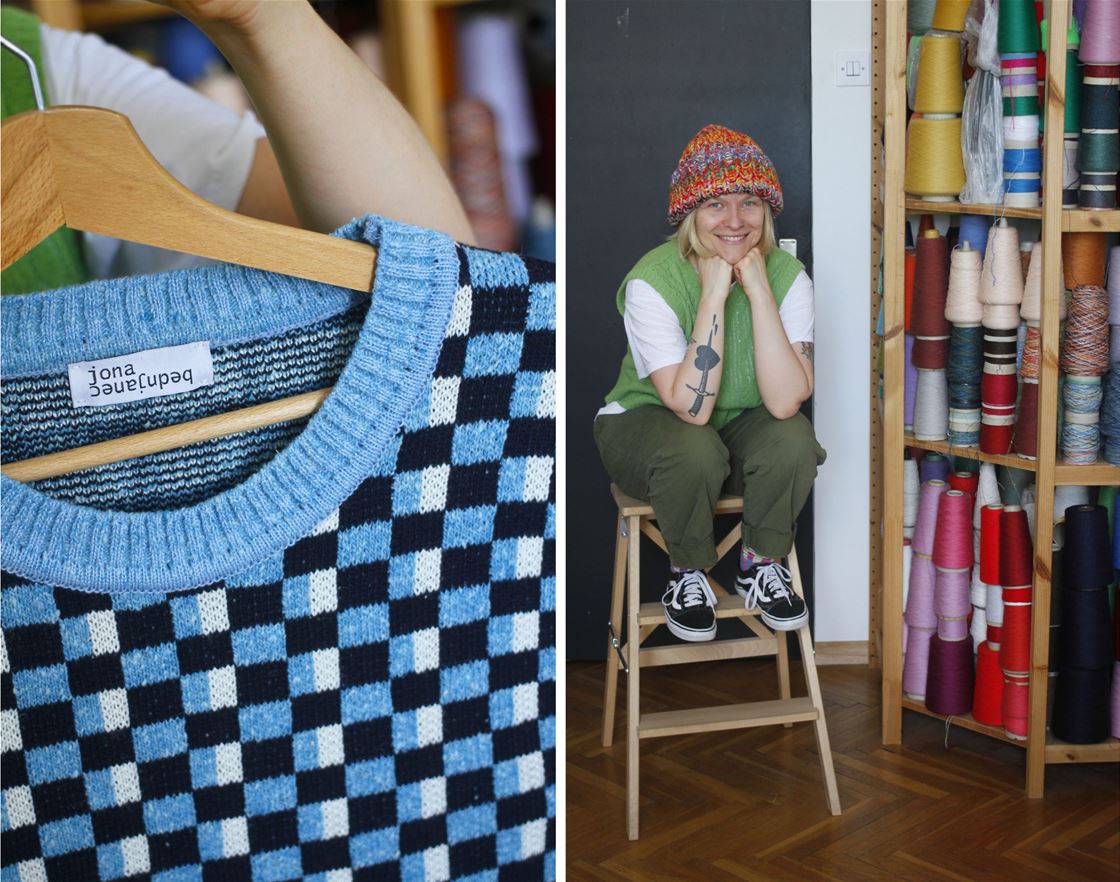
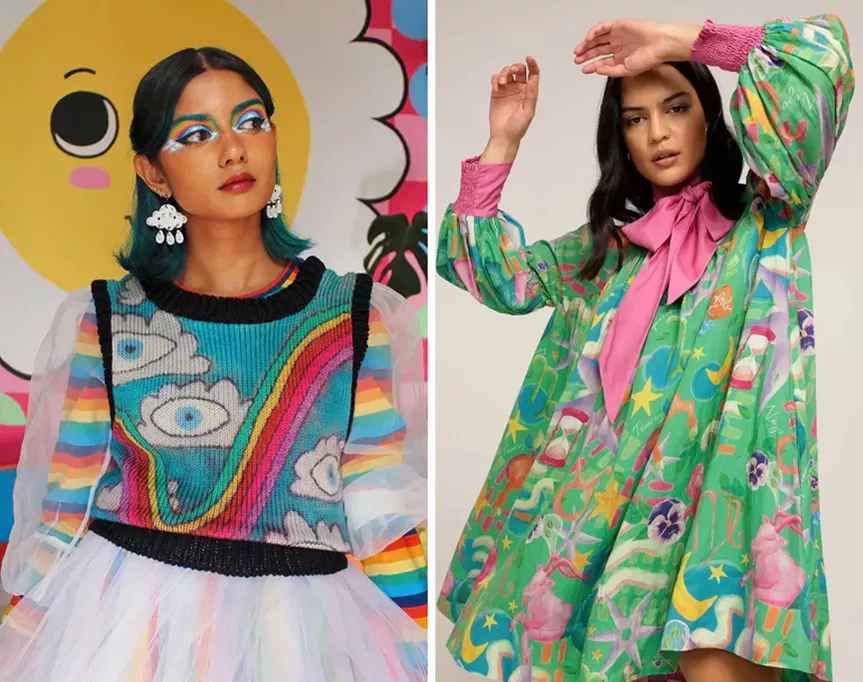
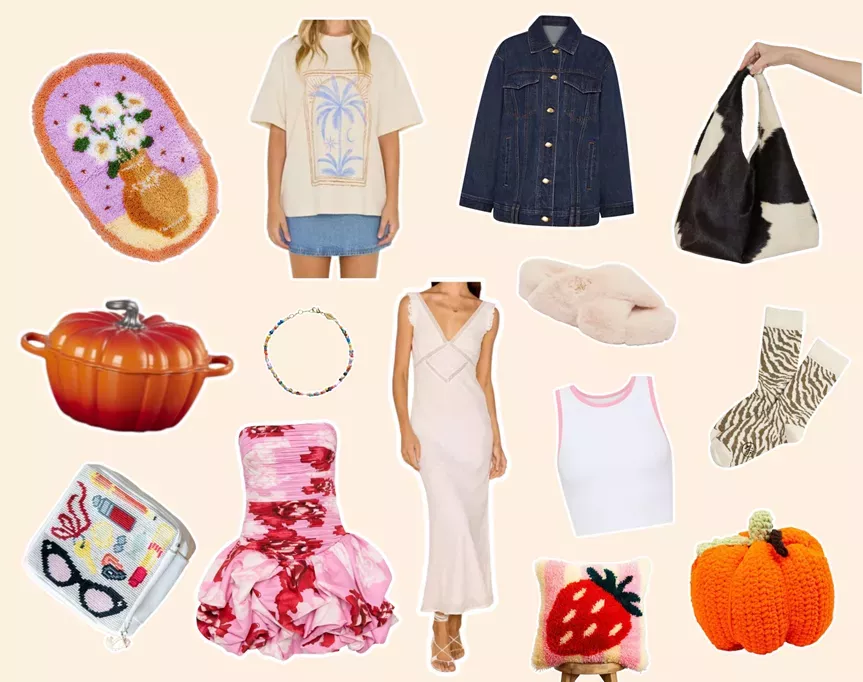
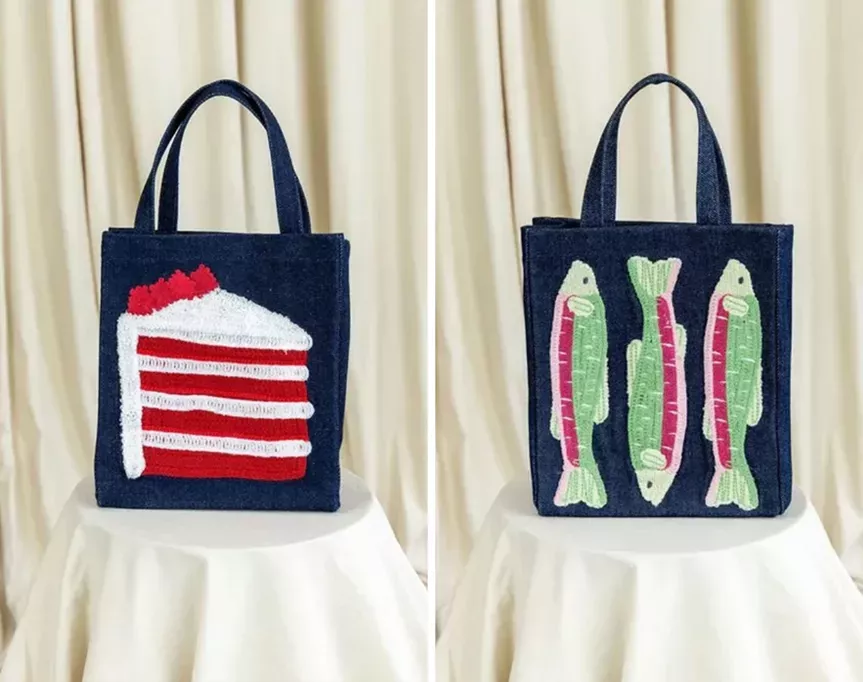
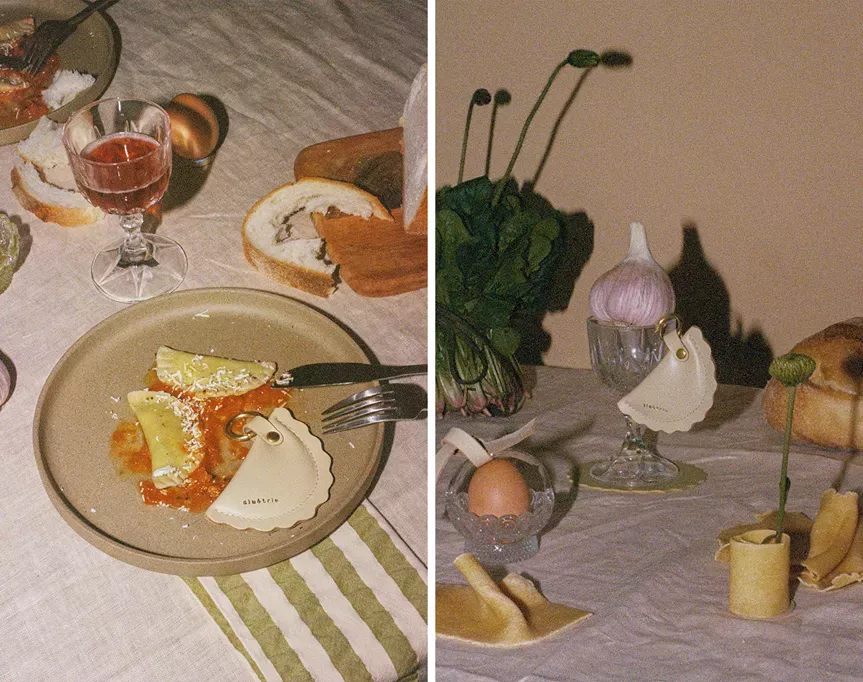
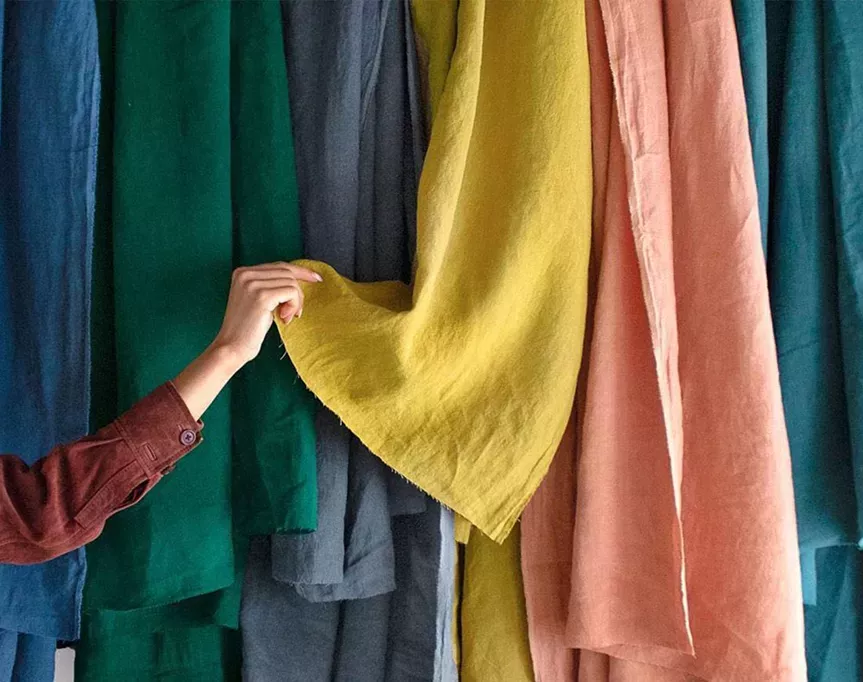
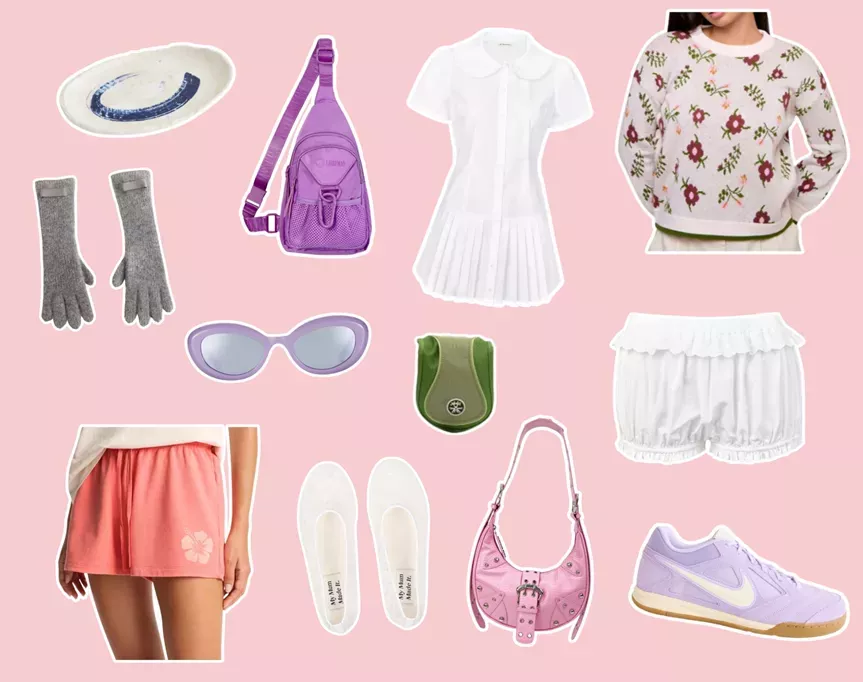
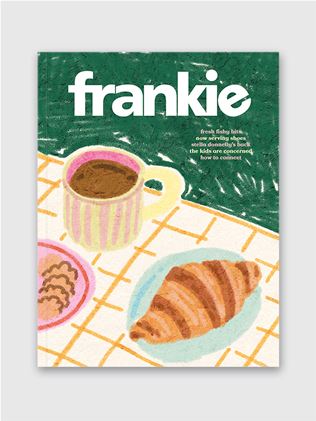
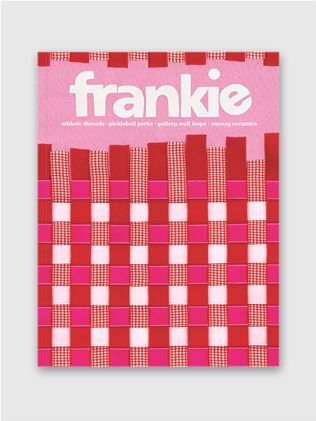
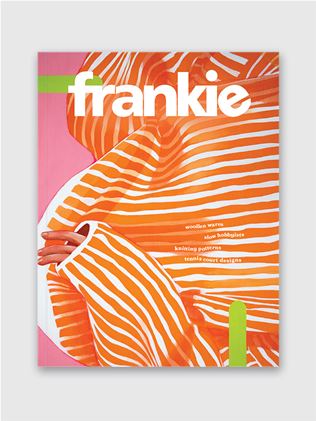
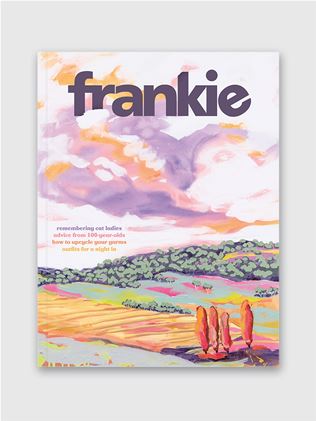
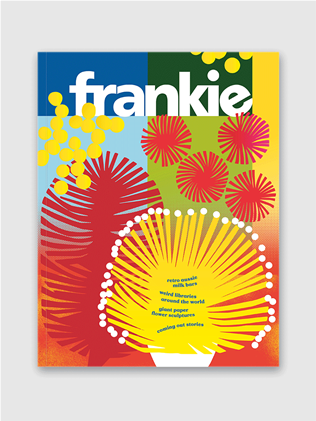
.jpg&q=80&w=316&c=1&s=1)
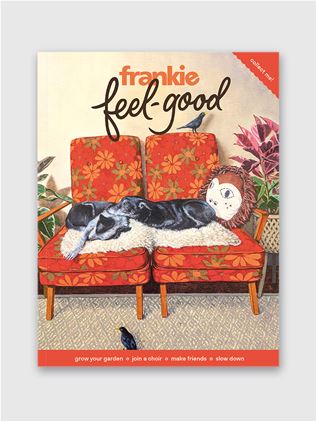
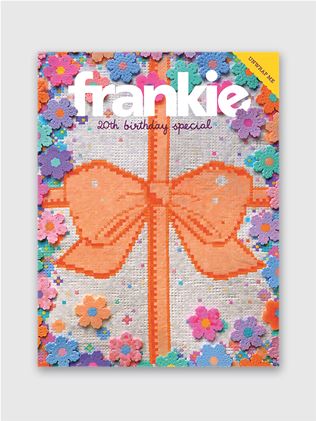
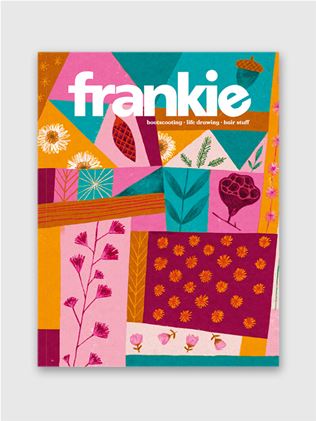
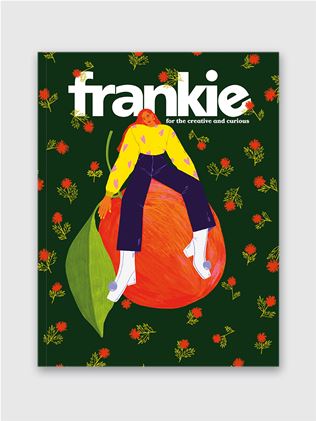
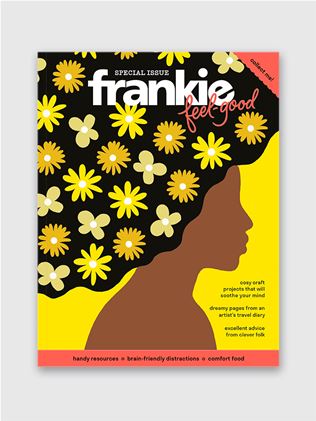
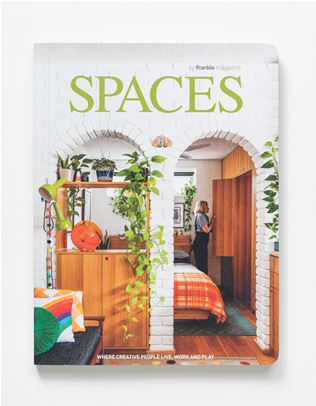
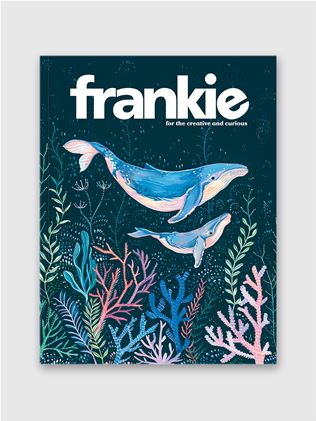
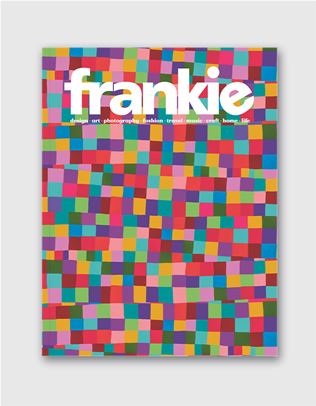
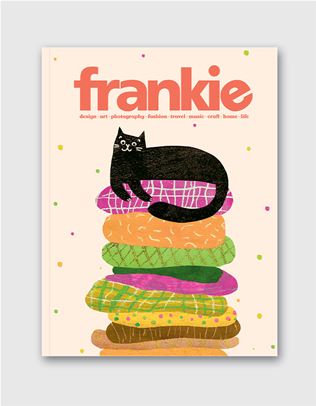
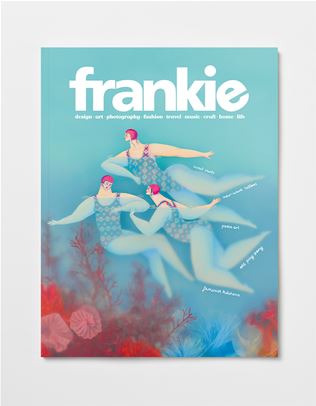
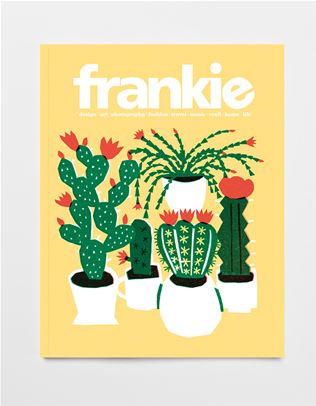
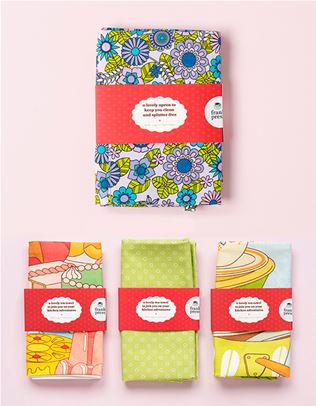
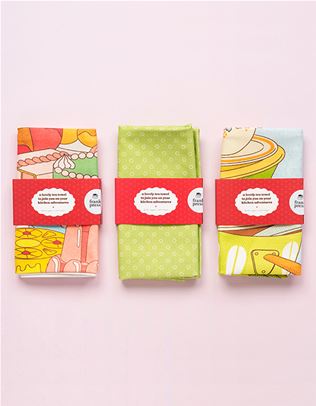
.jpg&q=80&w=316&c=1&s=1)
